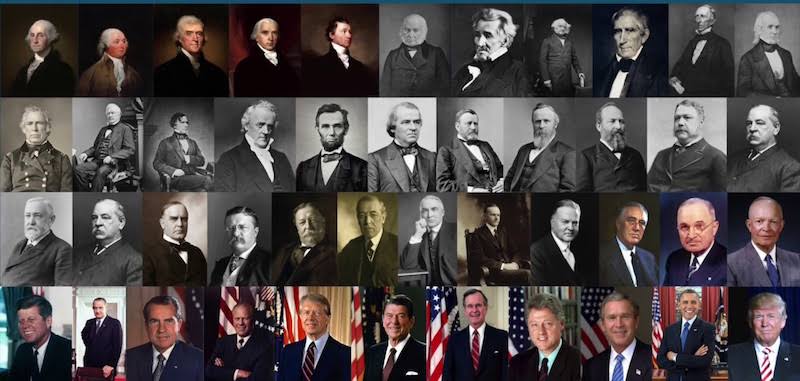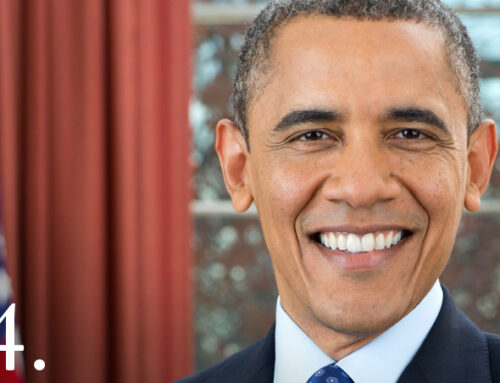
As youtube is my pretty regular place to search and all things, I was going through my subscription. I realize that many Youtubers nowadays react to the Gettysburg speech of President Lincoln, which was rightly thought as the best speech in US history. Saw many channels making it in different ways. Saw part of a clipping from the saving lincoln movie. As I already read about the situation at that time, I know the importance of words.
Today while working on my blog post, I realise that there are many things to learn from Us presidents. 45 people who changed the History of the US can teach you one thing or two about finance. I am thinking to make this a series, and I realize that I already wrote about Donald Trump, or as some people call him, a Former guy. You can read it What to learn about finance from Donald trump?
While studying for this post I realize that the US celebrates Presidents day on the third Monday of February on Washington’s birthday and rightfully so. All of them made and contribute to what the US is today. and doing so one thing on the birthdate of the first president is the right idea. I also found that It is a holiday that’s often marked with mattress and furniture sales and discounts on new cars. Just like Black Friday. But aside from these budget-friendly purchasing opportunities, there may be many more financial lessons to be learned from past U.S. presidents.
I found many small pieces all over the internet which can help me while writing. As an avid reader and fan of some of them, I can talk about what Washington thinks about Debt and the way Barack Obama handled the deadlock about the debt ceiling. crisis time presidents may be big lessons to learn from.
The land that is now the United States was originally inhabited by Native American tribes. The first European settlers arrived in the early 16th century, establishing colonies along the eastern coast. By the mid-1700s, the British had established 13 colonies along the Atlantic coast. The colonies were largely agricultural, with some trading and fishing. The economy was based on the export of crops like tobacco and cotton. Slavery was an important part of the economy in the southern colonies.
Relations between the colonies and Britain were strained by several factors, including the British government’s attempts to regulate trade and impose taxes on the colonies. This tension eventually led to the American Revolutionary War, which began in 1775 and ended with the signing of the Treaty of Paris in 1783. This treaty recognized the United States as an independent nation.
What we saw today as the USA, happened after many small and big events.
The Florida Purchase was the acquisition of the territory of Florida by the United States from Spain in 1819. The United States paid five million dollars to Spain for the territory, which was a significant expansion of the country’s southern border. The purchase was part of the larger Adams-Onis Treaty, in which Spain also ceded parts of what are now the states of Alabama and Mississippi to the United States.
The acquisition of Florida was important for a number of reasons. It strengthened the United States’ position in the southern part of the continent and gave the country control of important port cities like St. Augustine and Pensacola. It also helped to resolve ongoing border disputes between the United States and Spain.
The Louisiana Purchase was the acquisition of the territory of Louisiana by the United States from France in 1803. The United States paid fifteen million dollars to France for the territory, which doubled the size of the country. The purchase was negotiated by President Thomas Jefferson and his secretary of state, James Madison, and was considered one of the most important land acquisitions in American history. The territory of Louisiana included parts of 15 present-day U.S. states, including Arkansas, Missouri, Iowa, Oklahoma, Kansas, and Nebraska. It also included the city of New Orleans, which was a major port and commercial center.
The Louisiana Purchase was important for a number of reasons. It gave the United States control over the Mississippi River and its tributaries, which were vital for trade and transportation. It also helped to ensure the United States access to the Gulf of Mexico and the port of New Orleans. Additionally, it opened up new land for settlement and expansion.
The Louisiana Purchase was seen as a diplomatic triumph for the United States, as it was able to secure the territory without going to war with France. However, it also raised constitutional concerns, as some argued that the purchase exceeded the powers granted to the federal government by the Constitution.
The Texas annexation was the 1845 annexation of the Republic of Texas by the United States. The annexation was controversial, as it expanded the country’s territory and increased the number of slave states.
The Republic of Texas had won its independence from Mexico in the Texas Revolution of 1836. It had existed as an independent nation for nine years before being annexed by the United States. The annexation was supported by many in Texas, who saw it as a way to protect the republic from Mexican aggression and to gain access to the resources and markets of the United States.
The annexation was met with opposition from northern states and abolitionists, who feared that it would strengthen the power of slave states in the United States. In the end, the annexation was approved by Congress and signed into law by President James K. Polk.
The Texas annexation was seen as a victory for the expansionist policies of the United States, but it also contributed to rising tensions between the northern and southern states over the issue of slavery. It also played a role in the eventual outbreak of the American Civil War.
The Alaska Purchase was the acquisition of the territory of Alaska by the United States from Russia in 1867. The United States paid seven million dollars to Russia for the territory, which was a significant expansion of the country’s northern border.



